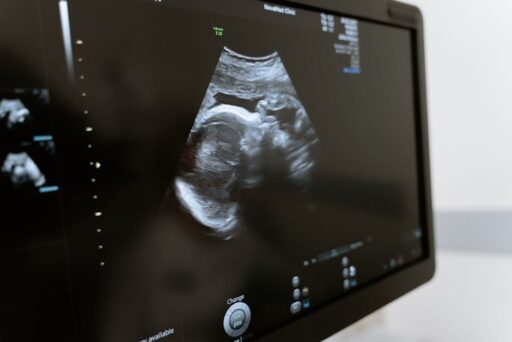Understanding the Impact of Substance Exposure During Pregnancy
By Lorrie Harris-Sagaribay, MPH, Teratogen Information Specialist and Coordinator, MotherToBaby North Carolina
In the early 1970s, the conversation around pregnancy rarely included discussions of alcohol and drug exposure. The link between alcohol and birth defects was not established until pediatric specialists Drs. David W. Smith and Kenneth Lyons Jones identified a pattern of unusual facial features and developmental delays in babies exposed to alcohol in utero. Their findings led to the coining of the term Fetal Alcohol Syndrome (FAS) in 1973.
The recognition of alcohol as a teratogen—a substance that can cause birth defects—spurred further research into other exposures. This led to the establishment of the first teratogen information service in 1979, which evolved into MotherToBaby.
Advancements in Research and Understanding
Fast forward to June 2017, when experts gathered in Denver, Colorado for the 30th Annual Meeting of the Organization of Teratology Information Specialists (OTIS). They presented the latest research on pregnancy exposures, acknowledging what we have learned and areas that need further exploration.
Prescription Opioids
Historically prescribed for various ailments, opioids are now at the center of a substance use disorder epidemic. A 2014 study revealed that over 14% of pregnant women in the U.S. are prescribed opioids. Maintenance therapy, such as methadone treatment, is recommended over sudden withdrawal to reduce risks to the baby. Infants exposed to opioids may experience neonatal abstinence syndrome (NAS), with breastfeeding shown to help mitigate symptoms.
Cocaine
Research tracking individuals exposed to cocaine in utero shows long-term impacts on attention, language skills, and behavior. A positive home environment can mitigate some challenges, though differences in behavior persist.
E-cigarettes
While marketed as a safer alternative, e-cigarettes still pose risks due to nicotine exposure and unregulated ingredients. Studies associate prenatal nicotine exposure with developmental issues and increased risk of adolescent smoking.
Marijuana
Marijuana, now legal in some states, is commonly used during pregnancy, though it poses risks. THC crosses the placenta and may affect brain development. Current research is limited, urging caution and avoidance during pregnancy.
Alcohol
Alcohol exposure can lead to a range of effects known as Fetal Alcohol Spectrum Disorder (FASD), affecting about 2% of U.S. births annually. Despite its prevalence, FASD is entirely preventable, highlighting the need for awareness and education.
Moving Forward
Continued research and increased awareness are crucial for improving pregnancy outcomes. Each September, FASD Awareness Month is observed to promote knowledge about alcohol and other exposures. MotherToBaby is dedicated to answering questions and providing resources, accessible via phone, text, or through their website and app.
About MotherToBaby
MotherToBaby, affiliated with the Organization of Teratology Information Specialists (OTIS), offers expert advice on pregnancy exposures. Reach out to them at 866-626-6847 or visit MotherToBaby.org.
References
- Bateman BT et al. Patterns of Opioid Utilization in Pregnancy in a Large Cohort of Commercial Insurance Beneficiaries in the United States. Anesthes 2014;120(5):1216-1224.
- McQueen K and Murphy-Oikonen J. Neonatal Abstinence Syndrome. N Engl J Med 2016; 375:2468-2479.




